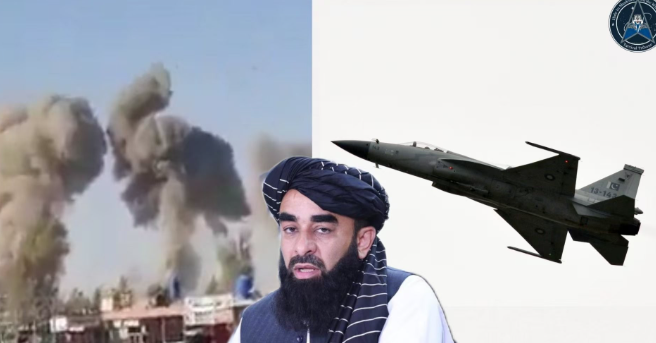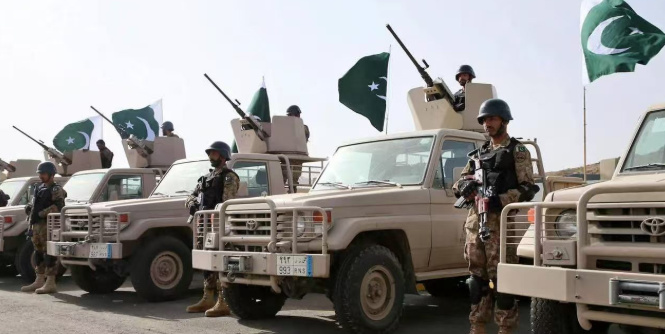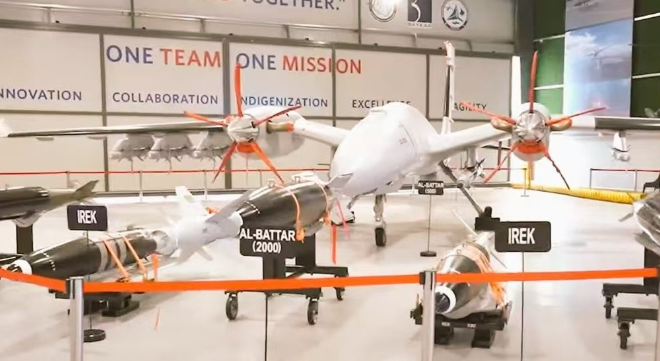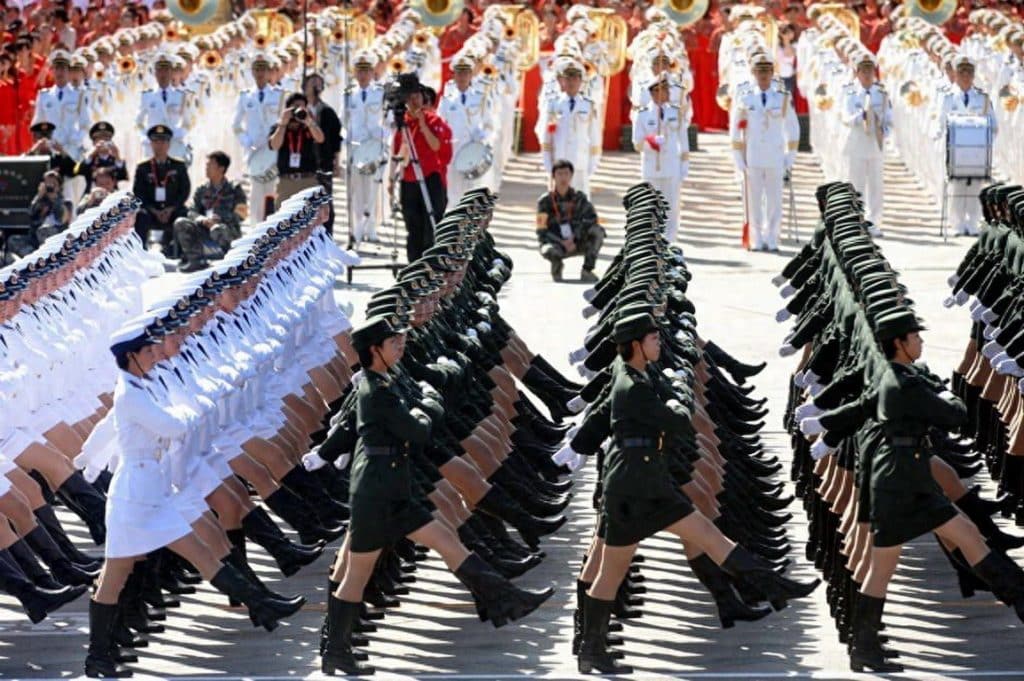In the pre-dawn hours of 15 October 2025, an intense cross-border engagement near the Chaman–Spin Boldak area again highlighted the volatility of the Afghanistan–Pakistan frontier. Pakistani forces say they repelled a coordinated incursion by Afghan Taliban units that used legacy Soviet tanks and U.S.-origin light armored vehicles. Islamabad credits a combined-arms response — armed drones, artillery, and targeted strikes — with preventing a larger breach. The episode raises fresh questions about the evolving role of unmanned systems, battlefield night-vision capabilities, and how insurgent groups fare when facing modern, networked defenses.
What happened overnight
Pakistani military statements describe a multi-axis Taliban assault that began after midnight, with Taliban columns reportedly advancing along major roads in T-55 and T-62 tanks, accompanied by Humvees and M-1117 armored vehicles. The attackers are said to have launched surprise raids on several forward border outposts and temporary positions around Spin Boldak, Weshmen, Lukman, Mazarkali, and nearby checkpoints.

According to Islamabad, the Pakistani response combined:
- Armed unmanned aerial vehicles (UAVs) (including Bayraktar/Turkish-family and other ISR/strike platforms),
- Precision artillery and counter-battery fires,
- Rapid ground maneuver elements clearing and securing rubble and captured positions.
Pakistani sources say the strikes destroyed several tanks and vehicles, inflicted significant insurgent casualties, and eliminated an alleged Taliban intelligence commander in a separate strike in Kandahar. Islamabad reports dozens of Taliban casualties and modest own losses concentrated among forward posts.
Technology and tactics: why drones mattered
Analysts point to three tactical advantages that shaped the outcome:
- Night targeting and sensors: Pakistani forces reportedly exploited thermal imaging and modern night-vision suites, blunting the Taliban’s historic advantage in night raids. Where insurgents once relied on darkness and terrain, improved sensors have reduced surprise.
- Sustained UAV presence: Dozens of small and medium-altitude armed drones provided persistent overwatch and strike capability, allowing rapid terminal engagement of moving vehicles and rallying points. The volume and duration of drone sorties can deny an attacker freedom of movement during night operations.
- Precision strike munitions: Use of light guided munitions and small guided bombs — effective against light armor and soft-skinned vehicles — reportedly enabled Pakistani forces to neutralize advancing columns without committing large ground formations immediately.

Taken together, those capabilities illustrate how well-integrated air-ground kill chains — sensors, data links, strike assets — can amplify a numerically smaller conventional force’s effect against irregular adversaries.
The insurgent picture: why armored columns failed
The Taliban’s tactical employment of legacy armor (T-55/T-62) and U.S. origin vehicles suggests an attempt at shock action: rapid, armored thrusts to overrun posts and create political headlines. But several limitations undermined the operation:
- Obsolescent armor: Cold-war tanks like the T-55 and T-62 lack modern protection and situational awareness; they are vulnerable to top-attack munitions, aerial strikes, and coordinated anti-armor tactics.
- Logistics and maintenance: Operating armored vehicles in rough frontier terrain requires sustainment and secure rear areas — something insurgents rarely possess for prolonged operations.
- Exposure to aerial ISR: Armored columns are conspicuous on thermal and optical sensors, especially on predictable road axes.
Those constraints make heavy armored raids high-risk for insurgent groups in the presence of networked surveillance and strike assets.
The broader security dynamics
This clash is not an isolated tactical episode; it reflects deeper drivers on the Pakistan–Afghanistan border:
- Cross-border sanctuaries: Islamabad blames Afghan territory for sheltering Pakistan-based militants such as the Tehreek-e-Taliban Pakistan (TTP). Pakistani doctrine increasingly emphasizes “follow-on pressure” to remove sanctuaries.
- Insurgent networks: Multiple militant groups — local Taliban factions, TTP, and Baloch insurgents — operate in overlapping ways across the border, complicating attribution and countermeasures.
- Escalation risks: Cross-border strikes and incursions risk widening the conflict and raising diplomatic tensions with Kabul-based authorities and regional actors.

Casualty figures and claims: proceed with caution
As in many frontier conflicts, casualty and equipment counts come from parties with competing incentives. Pakistani military communiqués emphasize insurgent losses and captured positions; Taliban statements — when available — may contest figures or frame setbacks differently. Independent verification on the ground remains limited. Journalists and analysts must therefore treat official tallies with caution and look for corroborating imagery and third-party reporting.
What this means for future border engagements
The Spin Boldak episode underscores several trends likely to persist:
- UAVs are a force multiplier for conventional border defense, especially in night operations.
- Old armor is no panacea against modern surveillance-strike arrays.
- Sanctuary denial remains central to Pakistan’s strategy but risks tit-for-tat escalation unless paired with diplomatic channels.
- Insurgent adaptation will continue: groups may shift toward dispersed raids, increased use of decoys, or other asymmetric measures to blunt aerial dominance.
Bottom line
The overnight clash illustrates a simple operational truth: in environments where sensors, UAVs, and precision fires are integrated, conventional irregular units relying on legacy armor face steep disadvantages. For Pakistan, the engagement demonstrates the short-term effectiveness of a technology-enabled defense posture. For insurgents, it marks another costly lesson about the limits of armor-heavy raids in the age of persistent aerial surveillance.
References & reporting notes
- Official statements from the Pakistan Ministry of Defence (15 Oct 2025) and subsequent press briefings.
- Open-source imagery and battlefield reporting aggregated by regional security monitors.
- Historical context on T-series tanks and counter-insurgency doctrine from defense-analysis publications.



